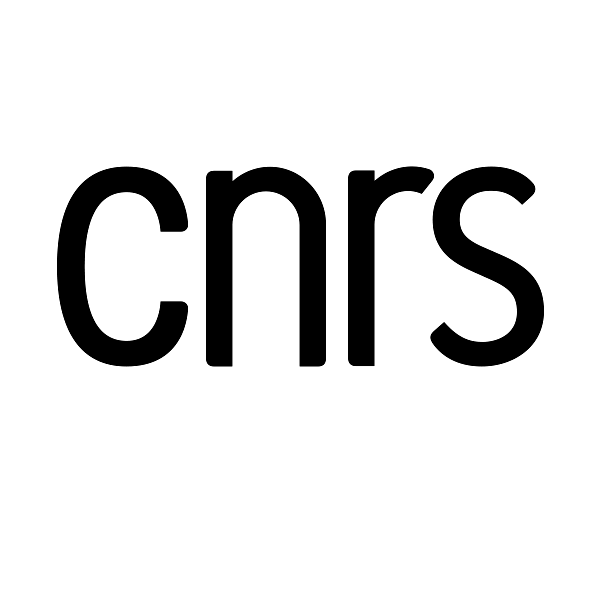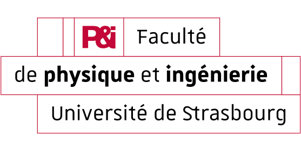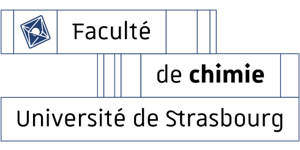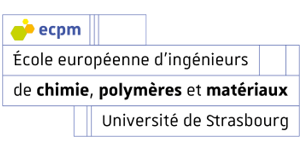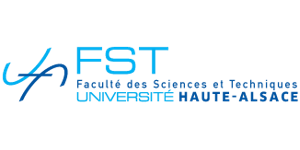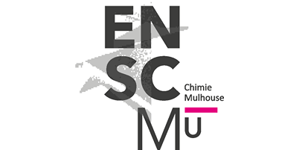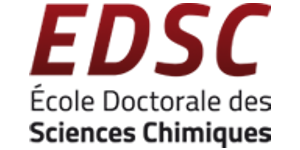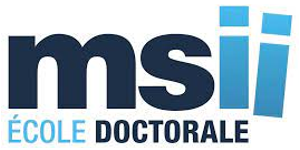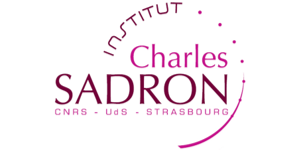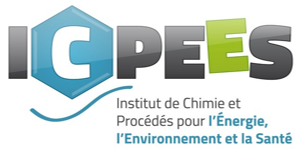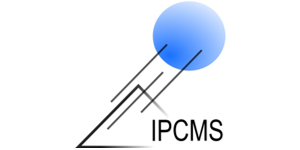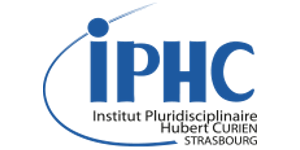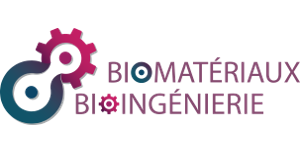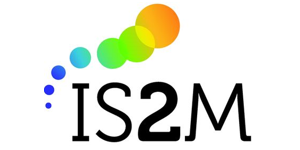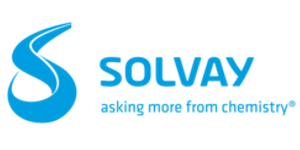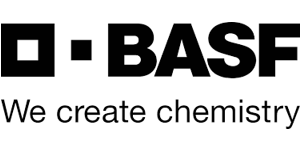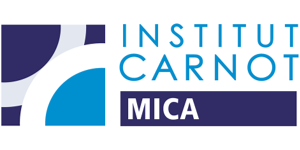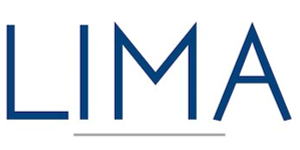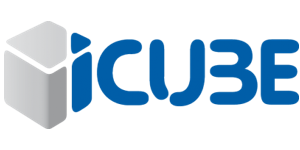Conference
Exploiting Supramolecular Chemistry for Self-Healing Organic Semiconductors
Bob Schroeder, University College London
Material degradation stands as a paramount concern for both material scientists and engineers. The repercussions of degradation extend beyond mere failure, often necessitating costly repair efforts. Consequently, there exists a keen interest in the development of self-healing materials to render maintenance obsolete. Unlike their inorganic semiconductor counterparts, organic semiconducting materials exhibit notably low Young's moduli, rendering them exceptionally suited for deployment in wearable electronic devices that can be directly applied to human skin [1]. However, wearable electronics are particularly vulnerable to a host of environmental stressors, including mechanical wear, chemical exposure, temperature fluctuations, and radiation. The relentless impact of these stressors can lead to the deterioration of the chemical structure, resulting in the degradation and eventual loss of the material's physical properties.
In this context, we will delve into our strategy for mitigating the loss of physical properties through the development of intrinsically self-healing polymers. This accomplishment was made possible by harnessing the principles of supramolecular chemistry, particularly the utilization of intramolecular hydrogen bonds [2- 4]. To gain a comprehensive understanding of the impact of hydrogen bonding on the viscoelastic and electrical characteristics of organic semiconductors, we formulated two distinct material sets: Firstly, a conjugated polymer with incorporated hydrogen bonding functionality and seondly a composite material comprising a conjugated polymer embedded within a self-healing polysiloxane matrix.
Our discussion will encompass the effects of these diverse approaches on charge transport and self- healing capabilities. Furthermore, we will outline how we can exploit the observed disparities to tailor not only the electronic properties but also the self-healing and mechanical attributes of the material to suit specific applications and their unique demands.
[1] J. Y. Oh & Z. Bao, Adv. Sci., 6, 1900186 (2019).
[2] J. Y. Oh et al., Nature, 539, 411-415 (2016, 539).
[3] A. Gasperini et al., Macromolecules, 52, 2476-2486 (2019).
[4] J. Ma et al., Nature Comm., 12, 5210 (2021).
----------------------------------------------------------------------------------------------------------------------------------
If you would like to meet Bob Schroeder, please contact Laure Biniek.
